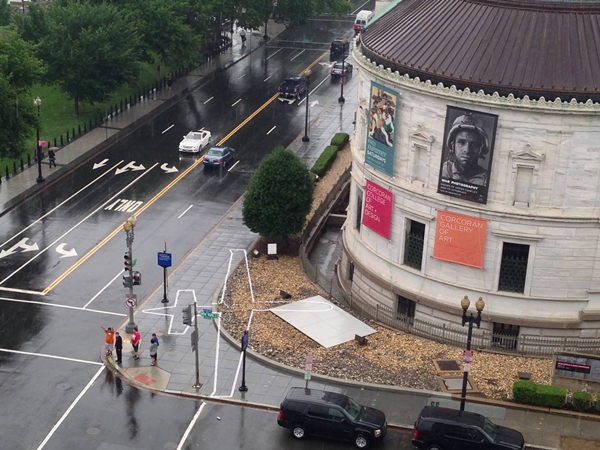Art World
Corcoran Gallery Finalizes Deal With National Gallery and GWU


The financially struggling Corcoran Gallery of Art in Washington, DC, has finalized details on an agreement with the National Gallery of Art and George Washington University under which the Corcoran will no longer exist as an independent entity. New details about the plan, which was announced in February, include that the Corcoran will contribute about $48 million of endowment funds and proceeds from a previous sale of rare rugs, the Washington Post reports. GWU will operate the Corcoran’s art school and the National Gallery will receive most of its art.
As for school personnel, all 25 members of the Corcoran College of Art and Design will be offered one-year contracts and 20 museum employees, including all curators, will be invited to join the National Gallery for at least one year. However, 180 adjunct faculty members are not promised positions, and about three dozen other full-time gallery and college staffers will lose their jobs.
The plan is still subject to approval in DC superior court, though a spokeswoman told the Washington Post that Corcoran trustees voted unanimously to approve the plan.
The Corcoran is Washington’s oldest private gallery, having been founded in 1869 by financier William W. Corcoran and its stand-alone art school was opened in 1890. In recent years its financial situation became so dire that there was no other choice “but to turn over its twin missions—presenting art and training artists,” according to the Post.
The Corcoran’s famous Beaux-Arts building on 17th Street NW will survive and GWU will assume responsibility for renovating its edifice. At one point, in 2012, the board had considered selling the building to raise funds,a plan that drew harsh criticism and was eventually dropped.